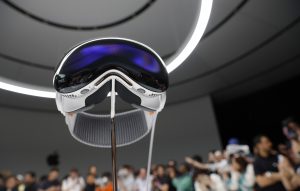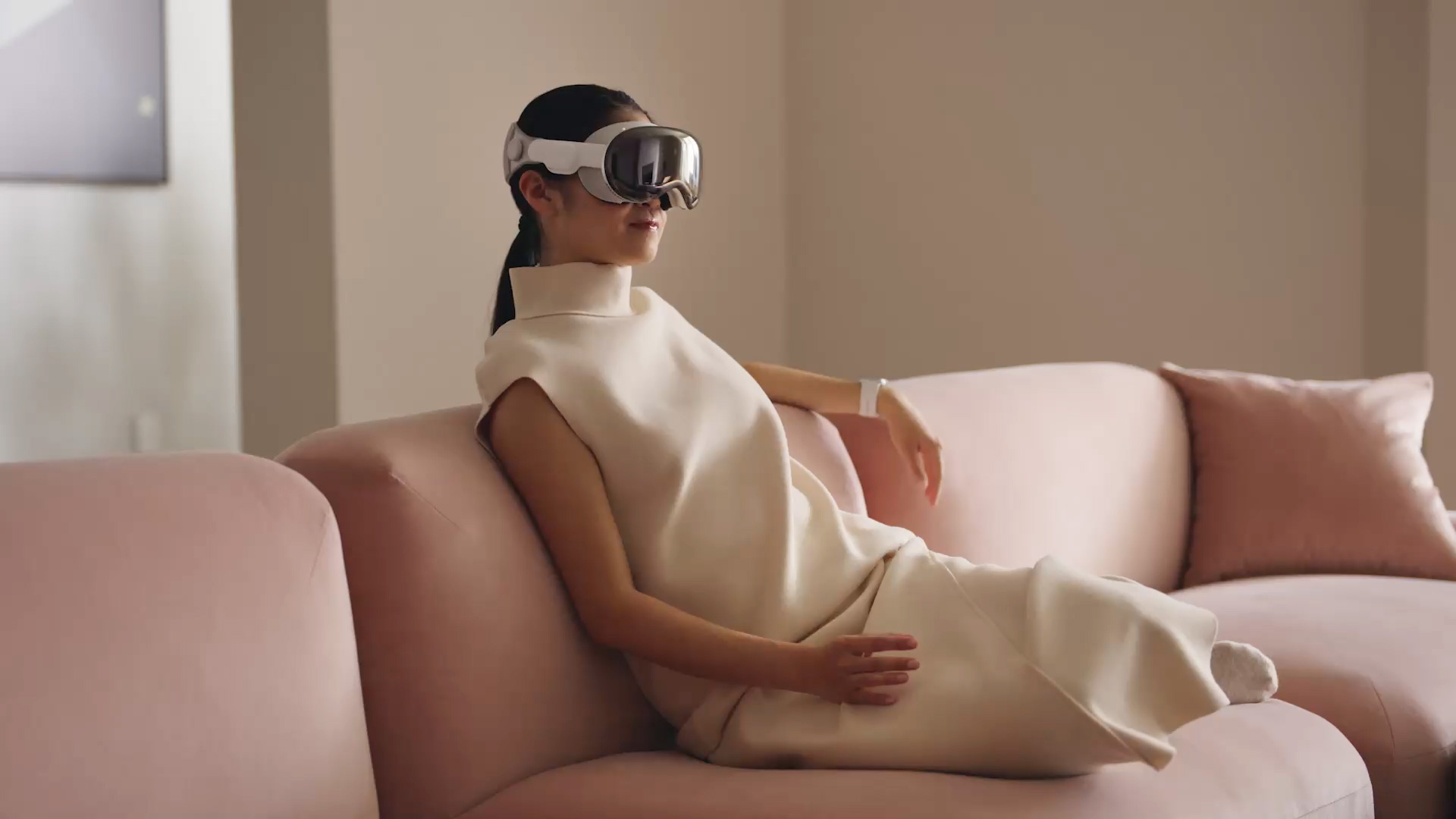Introduction
The landscape of digital interaction is undergoing a paradigm shift with the emergence of spatial computing. This transformative technology extends beyond the confines of traditional screens, immersing users in an environment where digital information seamlessly integrates with the physical world. As spatial computing takes center stage, its implications for user experience (UX) and interface design are profound, offering both unprecedented challenges and boundless opportunities.
Evolution of Interface Design
Spatial computing redefines how users interact with technology by blending the virtual and physical realms. Interfaces are no longer confined to screens; they transcend dimensions, overlaying digital content onto the user’s environment. This evolution demands a departure from conventional UI elements towards immersive, intuitive, and context-aware interfaces. Gesture-based controls, voice commands, haptic feedback, and augmented reality (AR) interfaces become primary conduits for user interaction.
Challenges in Designing for Spatial Computing
Designing for spatial computing presents multifaceted challenges. One major hurdle is establishing a seamless fusion between the virtual and physical worlds. Achieving natural interactions without overwhelming users with information or disrupting their surroundings is crucial. Striking a balance between providing pertinent information and avoiding information overload requires finesse in design. Another challenge lies in ensuring accessibility and inclusivity. Designing interfaces that cater to users with diverse abilities, spatial awareness, and technological familiarity is imperative. Creating experiences that are intuitive and easy to navigate, regardless of users’ backgrounds, is a significant challenge in spatial computing. Moreover, maintaining privacy and mitigating potential intrusions in augmented spaces is critical. As digital elements permeate physical environments, preserving user privacy becomes a priority. Designing interfaces that empower users to control the flow and accessibility of their data within spatial environments is a delicate yet essential task.

Enhancing UX in Spatial Computing
To optimize user experiences in spatial computing, design principles must pivot towards user-centricity. Human-centered design approaches, such as iterative prototyping and user testing, are pivotal in understanding user behaviors and preferences within augmented environments. Empathizing with users’ needs and adapting interfaces accordingly fosters user trust and adoption. Simplicity and clarity remain fundamental in interface design. Presenting information in a digestible manner while maintaining visual hierarchy is crucial in preventing cognitive overload. Intuitive interactions and feedback mechanisms, such as providing clear cues for gesture-based controls or integrating responsive haptic feedback, enhance usability in spatial interfaces. Furthermore, fostering a design language that bridges the gap between the digital and physical worlds is essential. Consistency in visual cues, affordances, and metaphors helps users navigate and comprehend spatial interfaces effortlessly. Establishing a coherent design language across various spatial applications ensures a cohesive user experience.

Conclusion
Spatial computing marks a pivotal juncture in the evolution of digital interaction, heralding a new era of immersive and intuitive user experiences. While its integration poses challenges in balancing usability, privacy, and inclusivity, the opportunities it presents for crafting seamless, context-aware interfaces are boundless. Designing for spatial computing demands a paradigm shift in interface design thinking, prioritizing user-centricity, simplicity, and a harmonious fusion of the digital and physical realms to unlock the full potential of this transformative technology.




